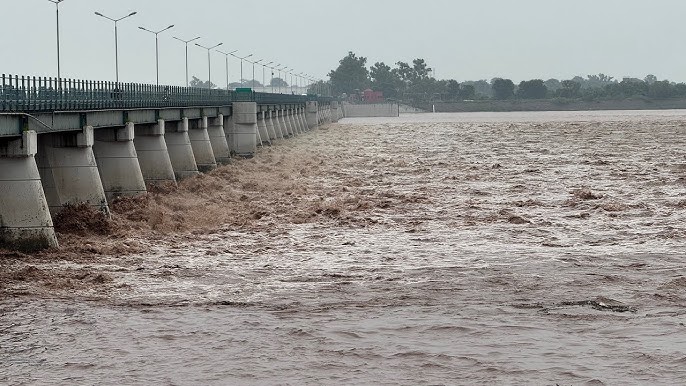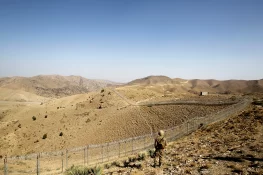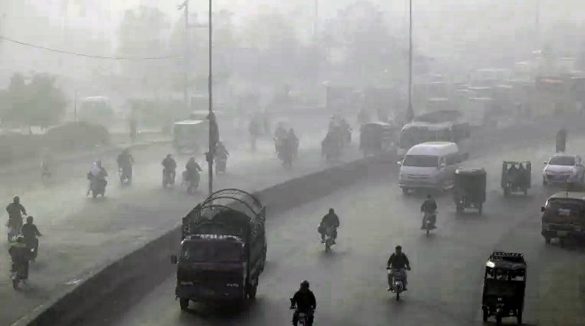Medium-Level Flood Recorded at Marala Headworks
Authorities in Pakistan’s Punjab province have issued a flood alert after water levels in the River Chenab rose sharply at the Marala Headworks. Officials confirmed that a medium-level flood is currently being recorded, while water discharge at downstream barrages — including Khanki and Qadirabad — has also increased to alarming levels.
The Irrigation Department reported that during the past ten hours, river inflows surged from 66,000 cusecs to 182,000 cusecs. This sharp rise has raised concerns that the flow could reach between 250,000 and 300,000 cusecs within the next 12 to 20 hours.
Continuous Rainfall Worsening Situation
According to officials, the worsening conditions are linked to persistent monsoon rains across the river’s catchment areas. Heavy downpours have continued in the Himalayan foothills, which feed both the Chenab and its tributaries. One of its key tributaries, the River Tawi, is also experiencing a rapid rise in water levels.
Hydrology experts warn that sustained rainfall in northern India and Azad Jammu & Kashmir could further intensify inflows. With the soil already saturated from earlier rains, even moderate showers could push the system into high flood levels.
Villages Placed on Alert
In response to the developing situation, district administrations have placed dozens of villages located near the riverbanks on high alert, after Punjab issued an alert for Chenab River earlier this month.. Local communities in Bela and adjoining settlements have been urged to evacuate and move to safer ground.
Announcements are being made through mosque loudspeakers and mobile units, asking residents not to delay evacuation. Officials fear that late responses could increase risks to lives and property.
Rescue 1122 teams, along with police and civil defense volunteers, have been directed to remain on standby. Medical camps are also being prepared in nearby towns to deal with possible emergencies.
Preparations for Emergency Response
The Punjab Irrigation Department stated that its monitoring teams are tracking river gauges at Marala, Khanki, and Qadirabad around the clock. Engineers are inspecting embankments and protective dykes to ensure they can withstand rising pressure.
District administrations are coordinating with disaster management authorities to identify potential evacuation centers. Schools and public buildings have been designated as temporary shelters should mass relocation be required.
Meanwhile, livestock owners in rural areas have been advised to shift their animals to higher ground. Authorities emphasized that protecting both human lives and livelihoods is a priority.
Broader Context: Pakistan’s Flood Vulnerability
Pakistan is highly vulnerable to flooding during the South Asian monsoon season, which typically lasts from July to September, with recent flood warning for Chenab and Jhelum rivers underscoring the risks. The country’s river system, particularly the Indus and its tributaries, regularly swells during periods of heavy rainfall.
According to the National Disaster Management Authority (NDMA), more than 1,700 people lost their lives during the 2022 floods — the deadliest in over a decade. Millions were displaced, and damage to infrastructure and agriculture was estimated at over $30 billion.
Experts say that inadequate river management, encroachments on floodplains, and climate change-induced extreme weather patterns are making flood events more severe and frequent. The Chenab River, which flows from India into Pakistan, is considered particularly volatile due to sudden water releases from upstream reservoirs and intense rainfall in its mountainous catchment.
Outlook in the Coming Days
With forecasts predicting more rain in the coming week, authorities remain on high alert. The situation at Marala, Khanki, and Qadirabad barrages will be critical in determining whether the Chenab enters a high flood stage.
Officials have urged citizens living near the river to stay informed through official channels rather than relying on rumors. Evacuation drills are being conducted in some villages to minimize panic in case of rapid escalation.
For now, while the flood remains at a medium level, the combination of rising tributaries, saturated catchments, and continued rains suggests that the next 24 to 48 hours will be decisive.















